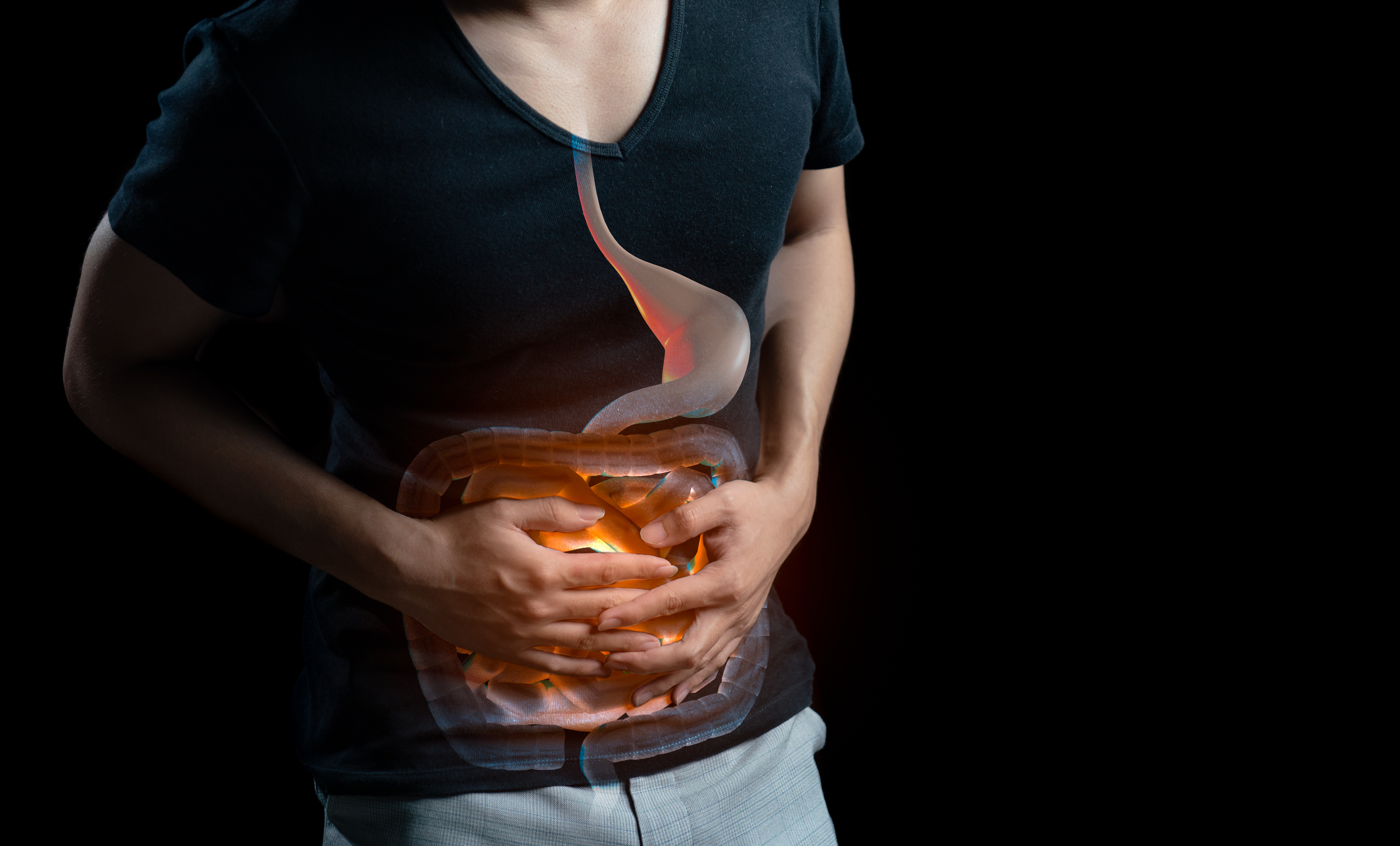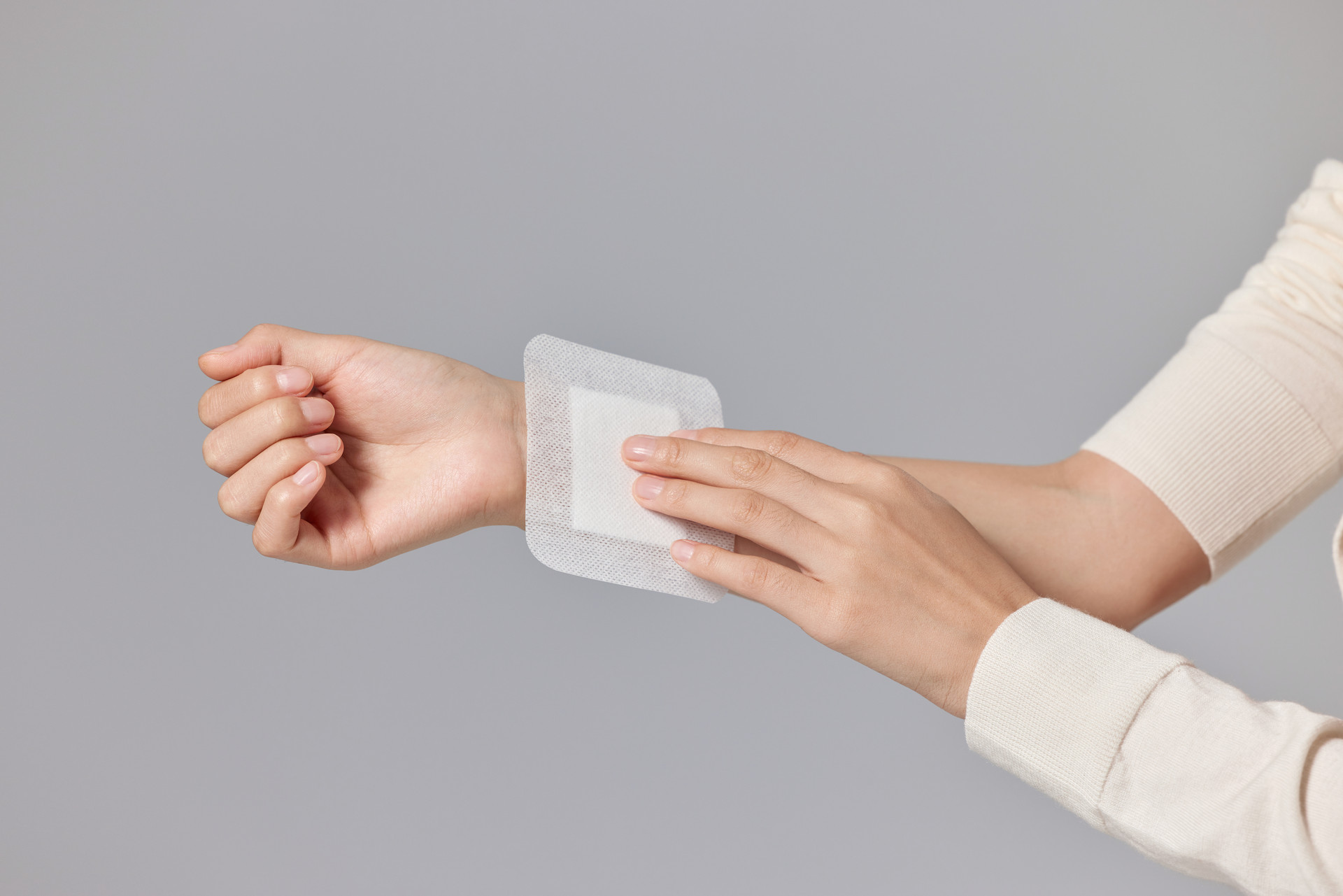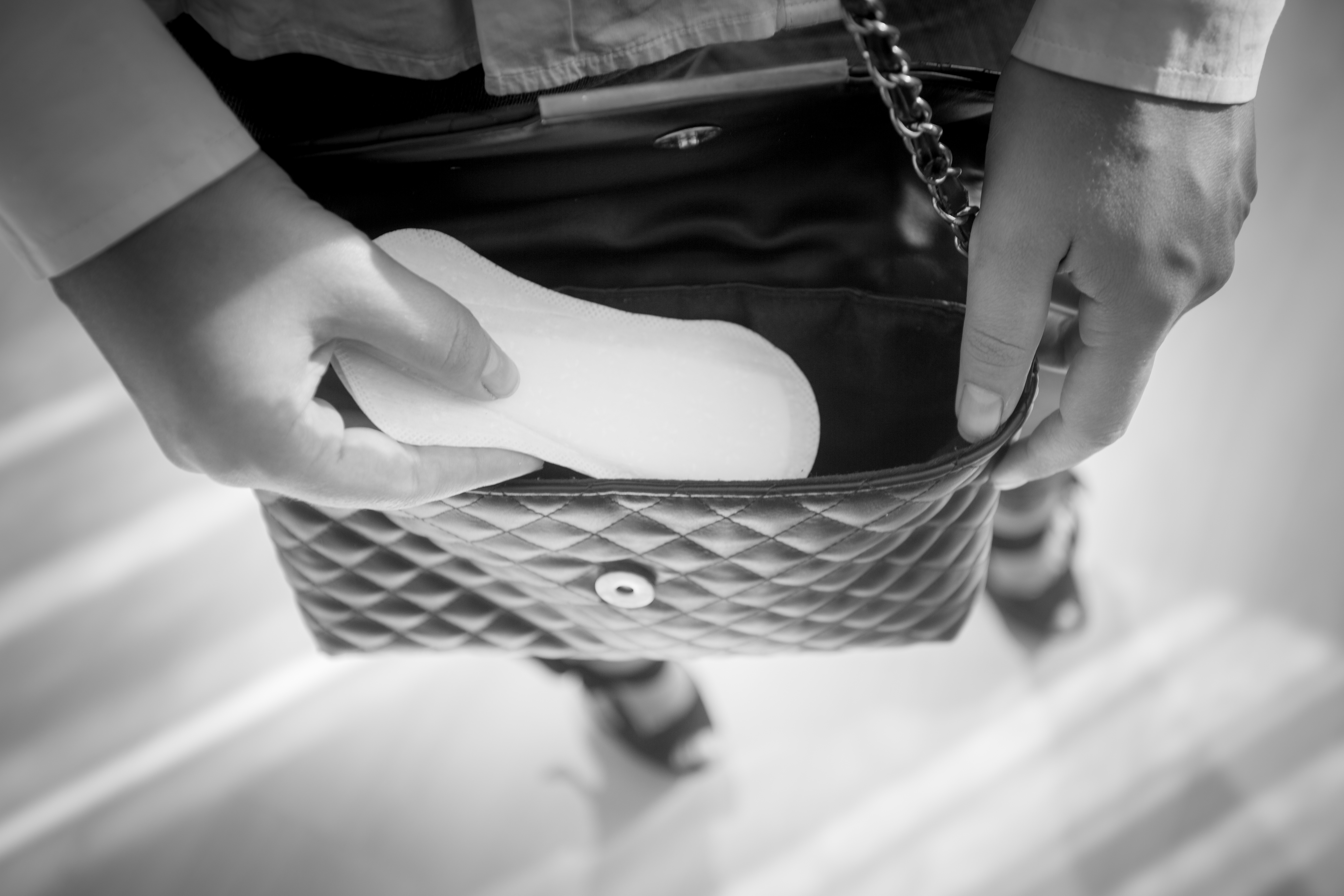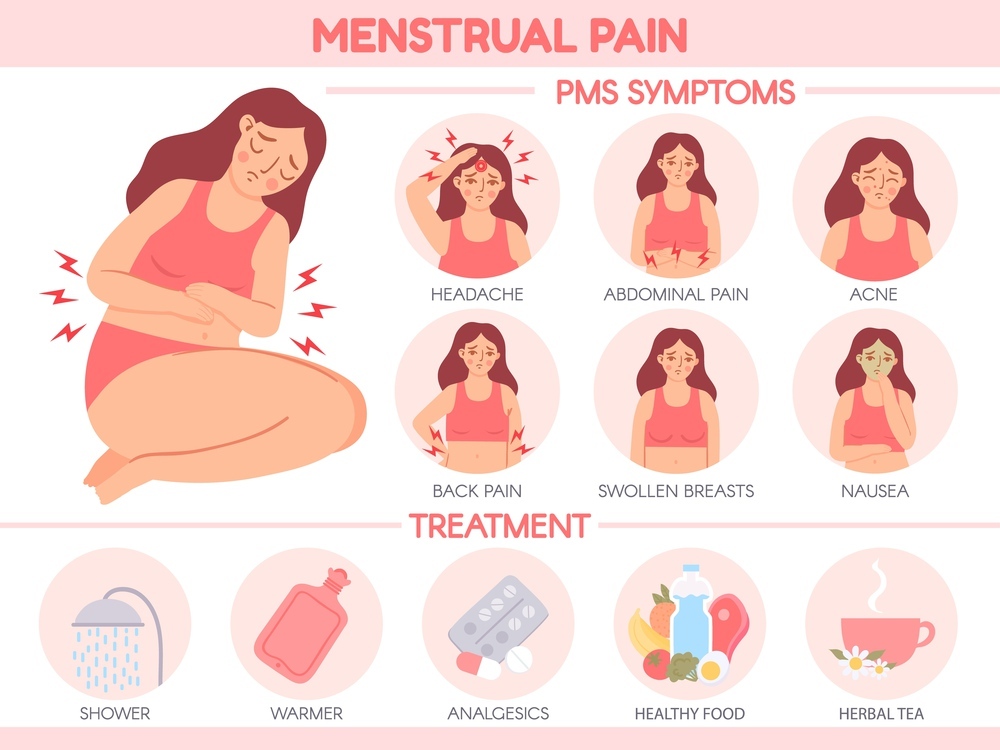When mothers breastfeed their babies, have you ever thought about the fact that their calcium levels decrease along with the breast milk? By paying attention to diet and exercising, you can avoid the harm caused by calcium loss.
Usually, everyone knows that pregnant mothers need to pay special attention to calcium supplementation, as a lack of calcium can lead to cramps, leg and foot pain, and swelling. After the baby is born, they are also more likely to experience waking up, poor growth and development, and a higher risk of rickets.
Calcium loss is severe for breastfeeding mothers
In addition to pregnant mothers, breastfeeding mothers also need to pay special attention to calcium loss. If they neglect it, it can cause a lot of trouble.
1. Teeth lose the most calcium
When breastfeeding, mothers lose a lot of calcium through breast milk, which leads to insufficient calcium levels in their bodies.
Originally, some people believed that if breastfeeding mothers lose calcium, their bones would be most affected. However, according to research, the teeth are the most affected by calcium loss.
In other words, breastfeeding mothers who are currently breastfeeding need to pay special attention to their teeth. Otherwise, after a few years or when they reach a certain age, the gaps between their teeth will increase, and they will start to loosen and fall out, leading to cavities and weakened chewing ability. By then, it may be too late to protect their teeth.
2. Bones can also be affected
If the calcium levels in the mother's body are insufficient and the bones become soft and porous, it can also cause lower back pain, which is more severe and long-lasting than during pregnancy.
Multiple ways to maintain calcium levels
In order to maintain calcium levels in the body, breastfeeding mothers need to make efforts in several aspects, such as exercising and consuming calcium-rich foods.
1. Outdoor activities promote absorption
In terms of exercise, mothers need to engage in more outdoor activities to receive more sunlight, which helps with calcium absorption in the body.
Breastfeeding mothers can take their babies for outdoor walks, allowing both the mother and baby to benefit from the nourishment of sunlight and rain, and keep their bodies in good condition.
2. Choose foods to supplement calcium
In terms of diet, mothers need to consume calcium-rich foods to meet their own and breastfeeding needs. Even if a mother consumes 2700 calories per day, the calcium intake may still be lower than the recommended amount.
To ensure sufficient calcium levels in the body, the following nutrients should be included in the daily diet:
- Dairy products such as milk, yogurt, and cheese should be consumed in a certain amount each day;
- Plenty of green leafy vegetables such as kale and cauliflower;
- Fresh fruits;
- Legumes and soy products;
- Whole grains.
3. Take calcium supplements in moderation
Traditional diets contain factors that affect calcium absorption, such as phytic acid, oxalic acid, and fiber. Therefore, it is also a good idea to have a doctor prescribe calcium supplements. However, remember not to exceed the recommended dosage.
By maintaining calcium levels, mothers can ensure their long-term health in the future, and provide continuous support for the growth and development of their babies.
High-calcium foods: (mg/100g)
- Whole milk powder: 676
- Dried kelp: 348
- River shrimp: 325
- Soybeans: 198
- Amaranth: 178
- Tofu: 164
- Chinese broccoli: 156
- Sea shrimp: 146
- Edamame: 138
- Green beans: 125
- Yogurt: 118
- Fava beans: 113
- Milk: 104
- Peas: 83
- Goat milk: 82
- Carp: 50
How to exercise after the baby is born:
- Start according to your own rhythm, no matter how slow it may be.
- If you don't want to exercise, start by stretching your body.
- Make a schedule.
- Have confidence in yourself.
- There are many methods, the key is to take action. Because no matter what you do, starting immediately is the most important thing.








